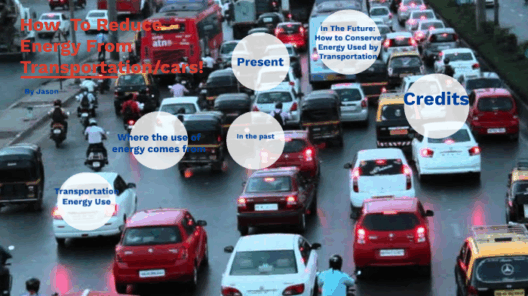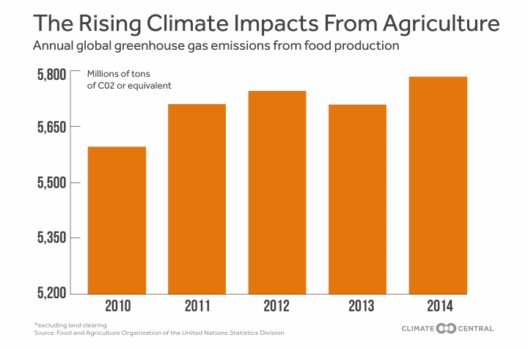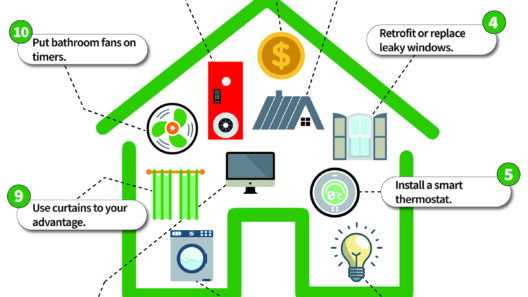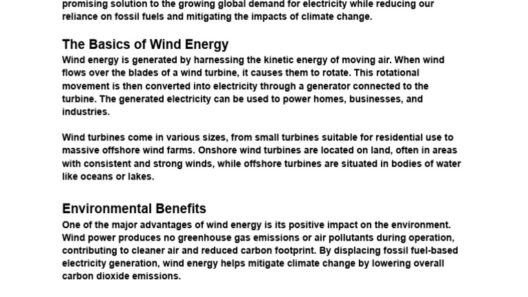Solar panels, an innovative marvel of modern technology, serve as a gateway to a sustainable energy future. Their ability to harness sunlight and convert it into usable electricity is not just a technological achievement but a critical component in mitigating climate change. This narrative delves into the intricate details of how solar panels and sunlight can help conserve energy, while exploring various dynamics within this realm.
The Photovoltaic Mechanism
At the heart of solar panels lies the photovoltaic effect. When sunlight strikes the surface of a solar cell, photons transfer their energy to electrons within semiconductor materials, typically silicon. This energy infusion allows electrons to break free from their atomic bonds and generate a flow of electricity. This process provides a renewable source of energy, diminishing reliance on fossil fuels which contribute to greenhouse gas emissions and environmental degradation.
Types of Solar Panels
There are several types of solar panels, each with unique attributes that cater to various energy needs.
- Monocrystalline Solar Panels: Renowned for their high efficiency and sleek aesthetics, these panels are constructed from single-crystal silicon. They usually occupy less space and offer better performance in low-light conditions than their counterparts.
- Polycrystalline Solar Panels: Made from multiple silicon crystals, these panels are more affordable but generally less efficient. They exhibit a characteristic blue hue and are known for their durability.
- Thin-Film Solar Panels: Constructed from flexible materials, these lightweight panels are easier to install and can adapt to various surfaces. While they tend to have lower efficiency, their versatility makes them suitable for unique applications.
By employing these technologies, solar energy can be optimized for different settings, whether in sprawling solar farms or individual residential rooftops.
Energy Generation and Consumption
Solar energy generation boasts a multitude of benefits. It directly translates to reduced utility bills as homeowners generate their own electricity. Furthermore, it helps enhance energy independence, shielding consumers from the volatile fluctuations of global energy markets. The environmental advantages are equally substantial; by reducing fossil fuel consumption, carbon dioxide emissions diminish, fostering cleaner air and a healthier ecosystem.
Net Metering and Energy Storage
An intriguing aspect of solar energy is the net metering system. Homeowners with solar panels can sell excess energy back to the grid, receiving credits to offset future energy costs. This reciprocal relationship between energy production and consumption exemplifies the potential of solar energy to create a sustainable energy economy.
Additionally, advancements in energy storage technology are revolutionizing how solar energy can be harnessed. Batteries charge during sunny periods, enabling households to utilize solar power even after dusk. This capability ensures a steady energy supply while mitigating reliance on fossil-fuel-generated electricity during peak demand hours.
Significance in Urban Environments
The integration of solar panels in urban settings represents a pivotal initiative in energy conservation. Urban areas often face challenges such as high energy demand and pollution. Installing solar panels can alleviate some of these pressures, transforming rooftops into mini power stations and optimizing land use. Moreover, shaded areas from buildings can benefit from innovative solar technologies, allowing for enhanced energy capture while minimizing the urban heat island effect.
Solar Energy and Environmental Impact
Transitioning to solar energy fosters a myriad of environmental benefits. Unlike fossil fuels, the solar power generation process is silent and produces no air pollutants. In fact, the energy sector is the largest source of greenhouse gas emissions. By adopting solar solutions, societies can decouple energy production from greenhouse gas emission, generating cleaner air and a more sustainable environment.
Community Solar Projects
Understanding that solar panels can require significant upfront investment, community solar initiatives provide accessible alternatives. These projects enable multiple beneficiaries to co-invest in a shared solar array, reducing the individual financial burden while amplifying the collective benefits. Community solar promotes energy democracy, allowing individuals and families without suitable roof space or financial resources to partake in the solar revolution.
Policy and Incentives
Government policies play an instrumental role in the proliferation of solar energy systems. Incentives such as tax credits, grants, and hybrid financing models stimulate investment and broaden access to solar technologies. Nations spearheading ambitious renewable energy programs exhibit a commitment to sustainable practices, boosting both economic growth and environmental protection.
The Future of Solar Energy
The future trajectory of solar panels and sunlight in energy conservation is promising. Continued advancements in technology, coupled with evolving energy policies, are set to enhance the efficiency and affordability of solar installations. Innovations such as bifacial solar panels, which capture sunlight from both sides, and floating solar farms, which occupy bodies of water, are pushing the boundaries of solar capabilities.
As societies endeavor to confront the climate crisis, embracing solar energy is paramount. From individual energy independence to broader environmental benefits, the collective reliance on solar solutions will pave the way toward a resilient and sustainable future.
In summation, solar panels and sunlight represent unparalleled opportunities for energy conservation. By merging technology, policy, and community efforts, the journey toward a greener planet becomes more tangible. The transition to sustainable energy is not merely advantageous; it is imperative for the integrity of our environment and well-being of future generations.








